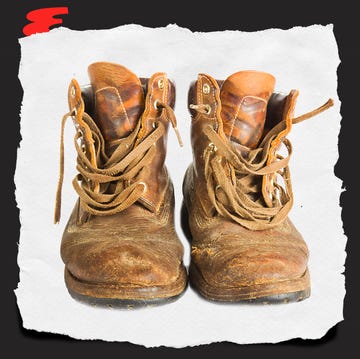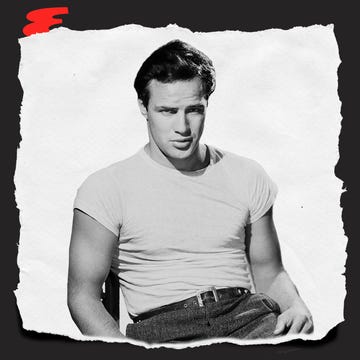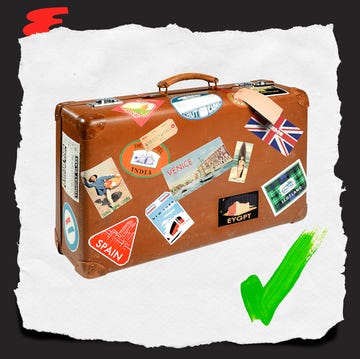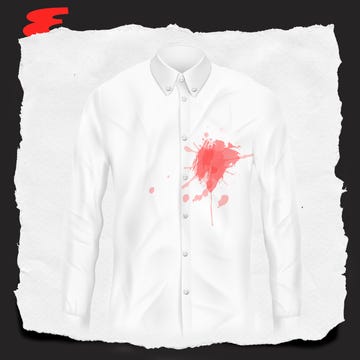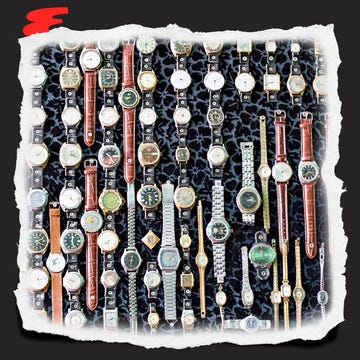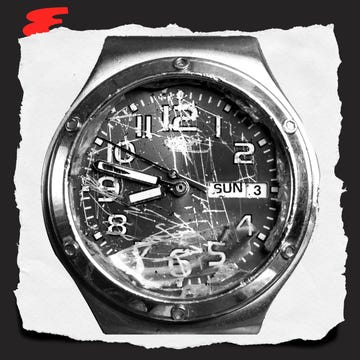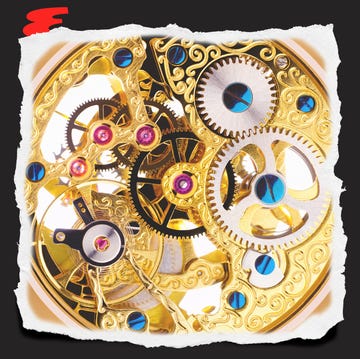Welcome to The Information, a collection of the very best advice pulled from a decade's worth of Esquire's Big Black Book—plus even more new, indispensable guidance delivered regularly. Life is complicated. We're here to uncomplicate it.
A great tailor or alterationist can work wonders when it comes to tuning in the fit of your jacket or trousers, but even someone who seems like a magician with a needle and thread can't perform actual magic and make a two-sizes-too-big jacket look like it was made for you. Before you buy something that's not quite right because, Hey, they'll be able to fix it, read this guide. It'll let you know what can be transformed—and what's best left on the rack.
SHOULDERS: Shoulders are the most difficult for a tailor to alter because they control the balance of the suit, so never buy something if the shoulders aren't a close fit from the outset. Too large and the tailor will have to remove the sleeves to adjust them, a complicated process that'll cost you nearly as much as a new jacket. Too small and you're out of luck entirely.
SLEEVES: Sleeves can be shortened a couple inches without much trouble, depending on your arm length and how much cuff you prefer to show. In terms of adding length, there is usually at least a half inch of extra fabric inside the sleeve that can be used. But not much more.
LENGTH: You're better off with a jacket that's too long than one that is too short. A tailor can usually shorten the length by an inch and a half to two inches, but he won't be able to lengthen it much without ruining the shape.
CHEST: Most jackets can be let out by up to about two inches. They can be brought in even more than that, up to around three inches.
PANTS: Typically, suit pants have a two-inch allowance in the waist and the seat. They're usually open hem, so they can be cuffed and the length can be shortened as much as you need.
With thanks to Joseph Ting of Dynasty Tailors in New York.



